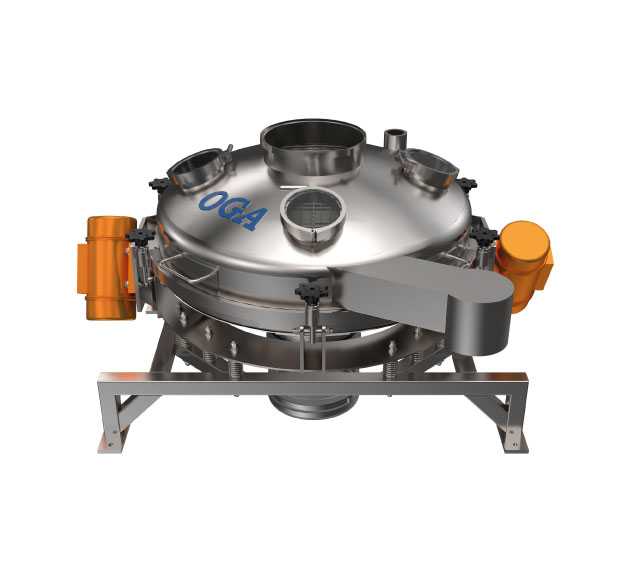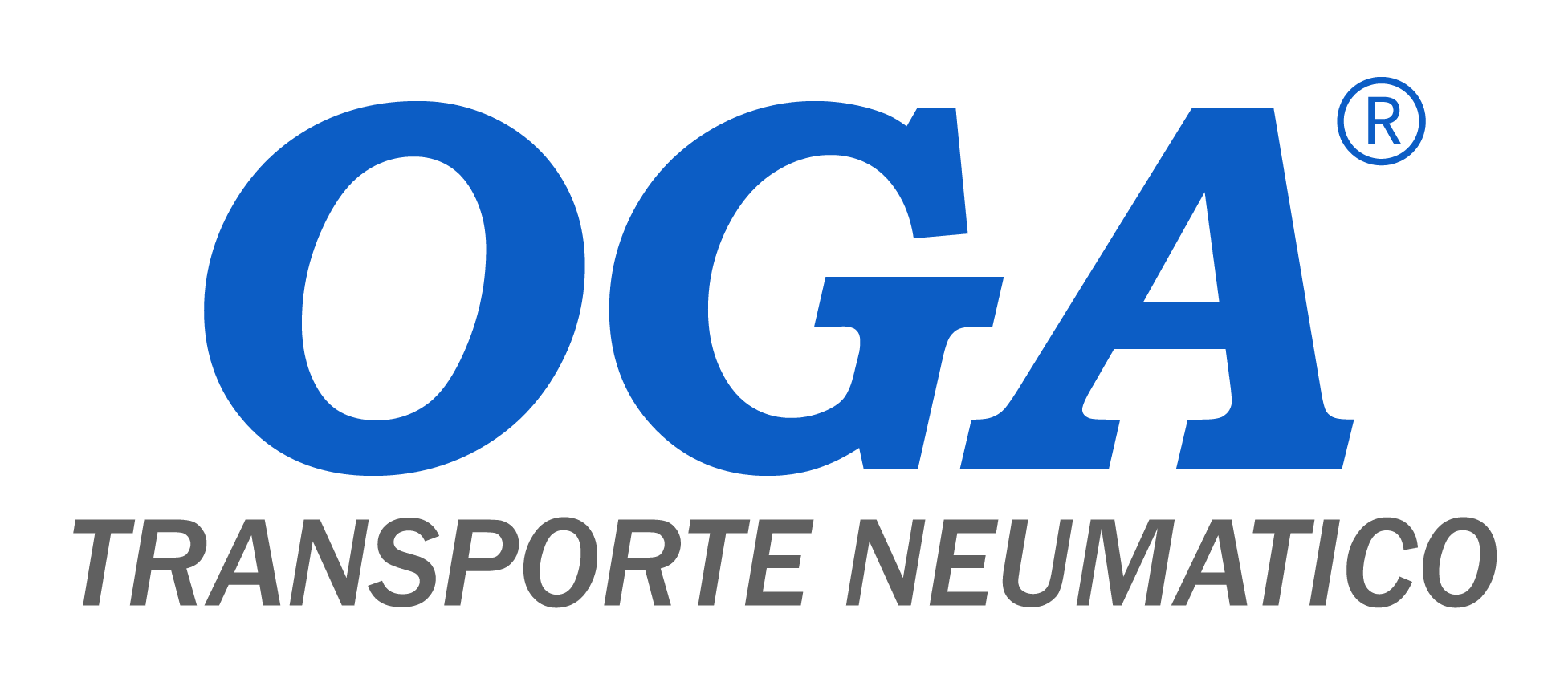









What is a Vibratory Sieve in Pneumatic Transport Systems?
A vibratory sieve in pneumatic transport systems is a device used for sorting, separating, and filtering solid materials based on their size and shape. It employs vibrations to pass materials through a mesh or screen, removing impurities and ensuring product quality. This equipment is essential in various industries for maintaining material purity and improving process performance.

- Manufactured in Stainless Steel / Carbon Steel.
- Control possibility from the control panel.
- Perimeter frame in Stainless Steel / Carbon Steel.
- Flexible couplings for inlet and discharge connections, possibility of implementing BFM coupling.
- Designed for handling powder and granular materials at a flow rate between 500 Kg/h and 20 Ton/h (According to requirements).
- Sieve with mesh sizes from 325 mesh to 3 mesh, in stainless steel (According to requirements).
- Required height between 900mm and 1500mm (According to requirements).
- Eccentric load Vibrator Motor at 220 – 440 VAC/3Ph/50-60Hz.
- Electrical protection IP 54 / IP 65 for the motor.
- System with dampers on supports.
- Design with HandHole for inspection.
- Closure system for easy mesh replacement.
Types of Vibratory Sieves
Circular Vibratory Sieve: Utilizes circular vibration to efficiently separate materials into multiple sizes, ideal for general applications.
Linear Vibratory Sieve: Employs linear vibration for sorting materials in a specific direction, suitable for processes requiring precise separation.
High-Frequency Vibratory Sieve: Generates high-frequency vibrations to classify fine materials with precision, used in industries demanding high filtration quality.
Flexible Mesh Vibratory Sieve: Features a flexible mesh that adapts to different types of materials, offering versatility in particle separation.
Industries Where Vibratory Sieves are Used
Vibratory sieves are employed across a range of industries to enhance process quality and efficiency. Key applications include:
- Food Industry: For separating contaminants and ensuring the purity of products like flour and sugar.
- Pharmaceutical Industry: In filtering active ingredients and excipients to maintain product quality.
- Chemical Industry: For classifying and purifying chemicals and additives.
- Plastic Industry: In separating pellets and other plastic components.
- Mining Industry: For classifying minerals and removing impurities.
- Recycling Industry: In separating recyclable materials from non-recyclable ones.




